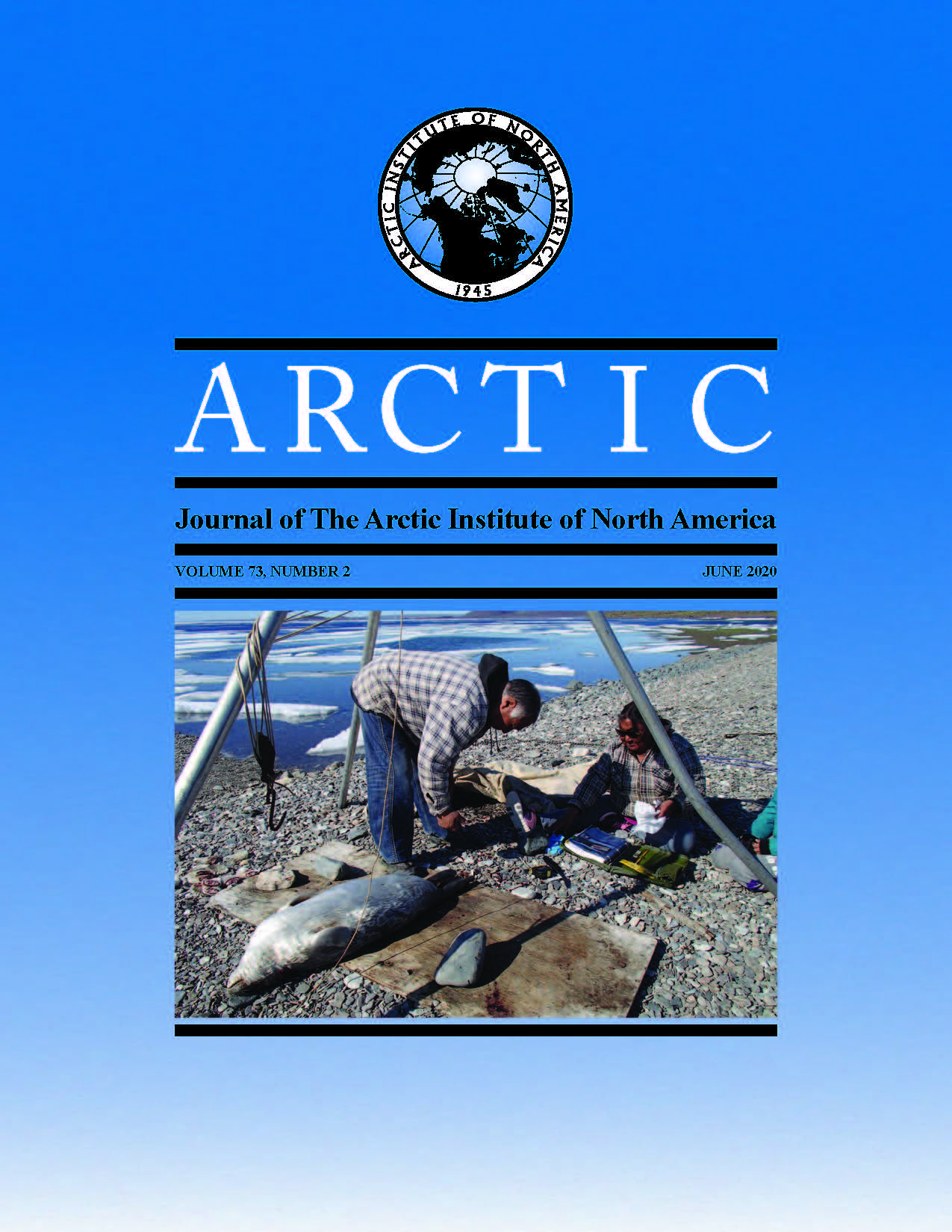The Impact of Vegetation on Archaeological Sites in the Low Arctic in Light of Climate Change
DOI :
https://doi.org/10.14430/arctic70248Mots-clés :
végétation; Bas-Arctique; sites archéologiques; endommagement des racines; visibilité; fjord de NuukRésumé
À la grandeur de l’Arctique, la végétation change en réaction aux températures à la hausse, ce qui peut exercer une influence sur les sites archéologiques de la région. En ce moment, on en sait peu sur la manière dont les différentes espèces végétales influencent les restes archéologiques. Dans le cadre de cette étude, nous avons visité 14 sites archéologiques répartis sur un gradient climatique allant de la zone côtière extérieure aux fjords intérieurs de la région du fjord de Nuuk, dans l’ouest du Groenland, afin d’évaluer l’incidence de la croissance de la végétation sur la préservation archéologique. L’examen de la perturbation physique des couches et du matériel archéologiques au moyen des racines de différentes espèces végétales a permis de constater que la prêle (Equisetum arvense) jouait un rôle particulièrement destructeur en raison de ses rhizomes profonds et omniprésents dans toute la zone étudiée. Le saule (Salix glauca) entraîne aussi des perturbations physiques en raison de son réseau de racines denses, bien que ses racines se trouvent principalement dans la couche supérieure de sol de 30 cm. Nous avons aussi accordé de l’importance à l’incidence de la végétation sur la visibilité des sites, ce qui a permis de conclure que la croissance du saule constituait le problème principal, surtout dans la zone intérieure des fjords. Les descriptions historiques et les photographies aériennes des sites montrent que la croissance d’arbustes était déjà répandue dans la région dans les années 1930, bien que certaines photos des sites étudiés permettent de comprendre que les saules arbustifs sont beaucoup plus grands aujourd’hui, ce qui diminue la visibilité des caractéristiques des sites. L’incidence de la prêle et du saule sur les sites archéologiques pourrait être atténuée par l’utilisation de géotextiles et le broutage du bétail. Il y a toutefois lieu de se pencher de plus près sur ces deux méthodes avant de les adopter dans la zone étudiée.


